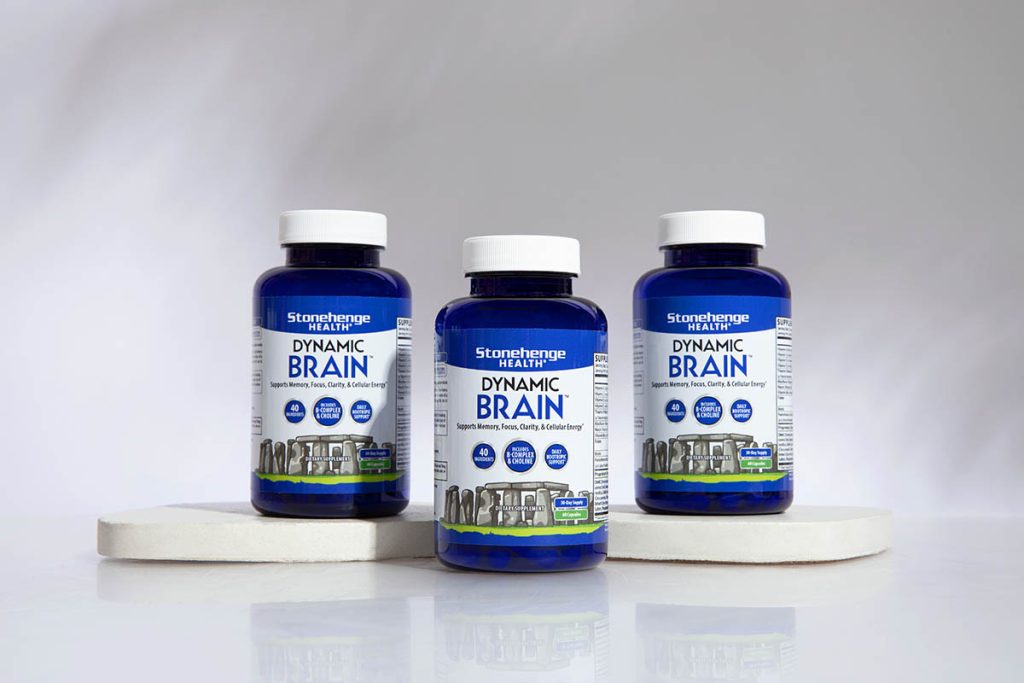
Question for you:
Do you think that the mind follows the body?
Example: If you have poor diet and exercise habits, they will negatively affect your psychological well-being.
Or, do you think the body follows the mind?
Example: If you’re depressed, your physical health will suffer.
In reality, this issue is much more complex than the black-and-white scenarios above.
And this is exactly what the field of somatic therapy explores.
Somatic therapy is a form of psychotherapy that emphasizes the connection between the mind and body in healing. It is based on the understanding that trauma, stress, and emotional experiences can manifest physically in the body, leading to chronic pain, tension, and other physical symptoms.
Somatic therapy aims to address these physical symptoms through various techniques, helping individuals to release stored tensions, alleviate stress, and improve overall physical and emotional well-being.
The techniques used in somatic therapy may include:
• Deep breathing
• Relaxation exercises
• Guided imagery
• Movement (such as dance or yoga)
• Other body-oriented methods
The therapy focuses on helping individuals become more aware of their bodily sensations and learning how to interpret and manage these sensations as a way to regulate emotions and reduce symptoms of distress.
Through innovative practices, somatic therapy claims to address issues like:
• Trauma and post-traumatic stress disorder (PTSD)
• Anxiety and stress
• Depression
• Chronic pain
• Grief and loss
• Emotional regulation
• Attachment disorders
• Dissociation and disconnection
• Self-esteem and body image issues
• Eating disorders
• Addiction recovery
• Sleep disorders
• Relationship issues and social anxiety
• Life transitions and adjustment issues
Many people find somatic therapy beneficial in increasing self-awareness, particularly in how emotions are experienced in the body. This awareness can lead to better emotional regulation and a deeper understanding of one’s responses to stress and trauma.
The emphasis on bodily awareness and self-regulation techniques empowers people by giving them practical tools to manage symptoms of anxiety, depression, and trauma on their own.
Books on somatic therapy

The seminal work on trauma and somatic therapy is The Body Keeps the Score: Brain, Mind, and Body in the Healing of Trauma by Bessel van der Kolk.
This book spent over 200 weeks on the New York Times Best Sellers list and explores how trauma affects the body and mind and presents somatic experiences as a powerful method for healing.
Oprah Winfrey even featured the book on her show and website.
Additional books on somatic therapy include:
• Waking the Tiger: Healing Trauma by Peter A. Levine.
• Embodied Healing: Using Yoga to Recover from Trauma and Extreme Stress by Lisa Danylchuk.
• In an Unspoken Voice: How the Body Releases Trauma and Restores Goodness by Peter A. Levine.
• Body-Centered Psychotherapy: The Hakomi Method by Ron Kurtz
• Healing Trauma: A Pioneering Program for Restoring the Wisdom of Your Body by Peter A. Levine.
• Sensorimotor Psychotherapy: Interventions for Trauma and Attachment by Pat Ogden and Janina Fisher.
If you’re interested in the topic, grab one of these books for a deep dive into somatic therapy and its theory and real-life applications.
Next steps: Placing the power of your body and mind in your own hands

At Stonehenge Health, we’ve long been proponents of nurturing the connection between body and mind.
Somatic therapy and brain health supplements like Dynamic Brain share a common purpose in improving well-being—somatic therapy through therapeutic techniques and Dynamic Brain through nutritional support for cognitive functions.*
With a blend of 40 brain health ingredients, including nootropics such as Huperzine A, Bacopa Extract, DHA, and Phosphatidylserine – Dynamic Brain is designed to support your brain’s cognitive ability.*
Learn more about Dynamic Brain from Stonehenge Health.



